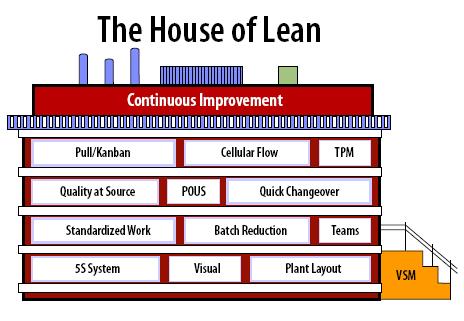 Climate change is making the planet we inhabit a more dangerous place to live. After the devastating 2017 hurricane season in the U.S. and Caribbean, it has become easier, and more frightening, to comprehend what a world of more frequent and severe storms and extreme weather might portend for our families and communities.
Climate change is making the planet we inhabit a more dangerous place to live. After the devastating 2017 hurricane season in the U.S. and Caribbean, it has become easier, and more frightening, to comprehend what a world of more frequent and severe storms and extreme weather might portend for our families and communities.
When policymakers, officials, and experts talk about such threats, they often do so in a language of “value at risk”: a measurement of the financial worth of assets exposed to potential losses in the face of natural hazards. This language is not only descriptive, expressing the extent of the threat, it is also in some ways prescriptive.
Information about value and risk provides a way for us to exert some control, to “tame uncertainty” and, if not precisely predict, at least to plan and prepare prudently for the future. If we know the value at risk, we can take smart steps to protect it.
This logic can, however, break down in practice.
After Hurricane Sandy in 2012, I went to New York City to find out how residents there, particularly homeowners, were responding to a new landscape of “value at risk.” In the wake of the catastrophe, they had received a new “flood insurance rate map” that expanded the boundaries of the city’s high-risk flood zones.
129 billion dollars of property was now officially “at risk” of flood, an increase of more than 120 percent over the previous map.




 People who earn post-secondary degrees have better lives than those who do not. They get better jobs, earn more money, are healthier, happier, and are more civically engaged.
People who earn post-secondary degrees have better lives than those who do not. They get better jobs, earn more money, are healthier, happier, and are more civically engaged. Have you ever wondered how some men and women muster the courage to pursue careers in rock music, despite the fact that so few of them will actually “make it”? Or have you questioned why some individuals would intentionally choose a path that will undoubtedly be filled with struggle, miniscule economic payoff, and a slim chance of success?
Have you ever wondered how some men and women muster the courage to pursue careers in rock music, despite the fact that so few of them will actually “make it”? Or have you questioned why some individuals would intentionally choose a path that will undoubtedly be filled with struggle, miniscule economic payoff, and a slim chance of success? 
 Since 2014, global energy related carbon dioxide emissions have stagnated while the global economy has grown, ushering in the era of “
Since 2014, global energy related carbon dioxide emissions have stagnated while the global economy has grown, ushering in the era of “
